Women are key to alleviating poverty in emerging and low-income countries.
NESsT’s current portfolio companies are 51% women-owned and 44% of the senior management teams are comprised of women. Historically, half of the jobs created by NESsT portfolio companies have employed women and 70% have targeted women as employees, suppliers, or as clients.
Given these characteristics, NESsT was convinced it needed to develop gender metrics and gender-inclusive practices both from a moral and a business perspective.
By bringing a gender lens to their businesses, community-based enterprises perform more efficiently and effectively and are able to achieve greater impact.
The work of its portfolio demonstrated repeatedly the importance of taking women’s voices, realities as well as vulnerabilities and barriers into account, with a special emphasis on low-income and indigenous women as they navigate the home and work environments.
NESsT PORTFOLIO AROUND THE WORLD
NESsT also realized that increasing women’s involvement in management and decision-making roles as well as improving the lives of women employees and suppliers makes business sense.
In less than 8 months, we achieved the following:
Assessed our current impact investing framework.
Proposed a new gender lens framework and set of metrics.
Tested these new metrics with our entrepreneurs and the people they impact and based on what we have learned.
Created a new framework that is now being implemented.
This has meant adjusting our impact measurement tools, working with our portfolio to ensure that they understand the gender dynamics of their business, and supporting them to incorporate gender-inclusive policies and practices.
We hope that other investors and capacity providers will begin to adopt a Gender Lens Investing (GLI) framework.
It requires the allocation of resources, of course, but even small steps toward measuring these indicators will bring great rewards. I caution my colleagues not to be dismayed by those who seek perfectionism in tracking impact and require expensive monitoring systems. This is not necessary.
Gathering ANY input from those impacted by our companies will take us very far.





